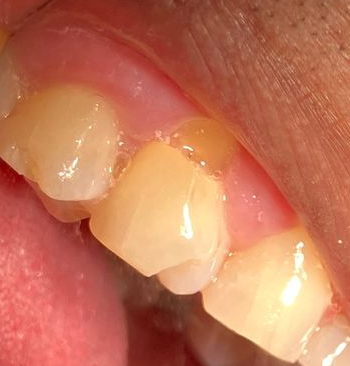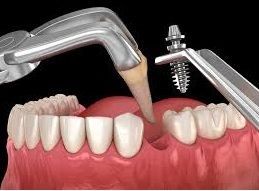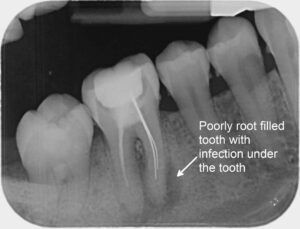Apicoectomy | Riverview, FL: Saving a Tooth After Root Canal Failure
What Is an Apicoectomy?
An apicoectomy with retrograde filling is a minor surgical procedure used to save a tooth when a previous root canal has failed (Wikipedia, Idoendo). While many root canals can last for years, sometimes the seal at the very tip of the root (apex) can break down. When that seal fails, bacteria can enter the space at the root tip and create an infection.
During an apicoectomy, the dentist removes the infected tissue at the end of the root tip and reseals it directly with a retrograde filling, often using biocompatible materials such as Mineral Trioxide Aggregate (MTA) (Wikipedia). This targeted procedure preserves the natural tooth and prevents the need for extraction.
For more information, visit our Root Canal service page and read our blog on Why Root Canals Fail.
At Chris A. Castellano DMD PA, our apicoectomy procedure aims to preserve your tooth with minimal discomfort. We are , located at 6917 US Hwy 301 S, Riverview, FL 33578,
Why Root Canals Fail—and How to Spot Symptoms
Normally, our immune system manages small amounts of bacteria that constantly move through the body. But when a larger void develops around a failing root canal seal, bacteria can multiply and form a permanent “habitat.” This infection may go unnoticed for years—until it finally overwhelms the body’s defenses. At that point three things may occur from the failing root canal:
- Abscess formation – swelling in the face or gum tissue, pain, fever, and an abscess visible on an X-ray.
- sinus tract – the infection drains through a small open channel, leaving a constant pus drainage with little or no swelling or pain. Some patients notice a sulfur or metallic taste.
- Pimple-like drainage cycle (gum boil)– a recurring pimple on the gum that fills with pus, pops, and drains repeatedly. Its basically a sinus tract that is closing filling as a pus cyst then discharging/ popping.
NOTE: If left untreated, bone loss around the root tip becomes more obvious on X-rays. The tooth can become loose.

This is what a sinus tract/gum boil looks like.
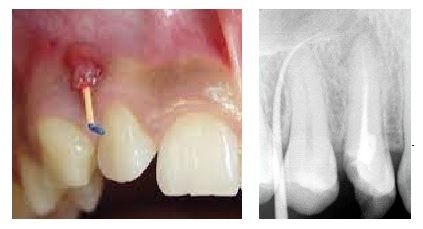
We determine the drainage route or sinus tract by sticking a gutta purcha point to trace its origin. Here in this picture it's the 1st premolar right side .
What are the treatment Options when a root canal fails?
Root Canal Retreatment:
Root canal retreatment is the preferred option if possible.The old root canal material is removed and resealed. The goal is to seal the root apex and the aproach is from the crown. Sometimes impossible if there are posts or other obstructions in the tooth.
Restoration needed after retreatment:
- post and crown
Extraction:
Often the most predictable solution for molars and other hard-to-access teeth is extraction
Restoration needed after extraction:
- dental implant
- partial denture
- fixed bridge
- nothing and live with the space
Apicoectomy with retrograde filling:
This is done if retreatment is not an option due to limited access through the crown, post, or coronal restorations. The goal like the retreat is to seal the root end but it's done directly.
Restoration needed after apicoectomy:
- None the tooth remains the same
Which teeth are good candidates for apicoectomy and why?
Canines, lateral incisors, and central incisors are much easier to access making success more predictable.
GOOD CANDIDATES!
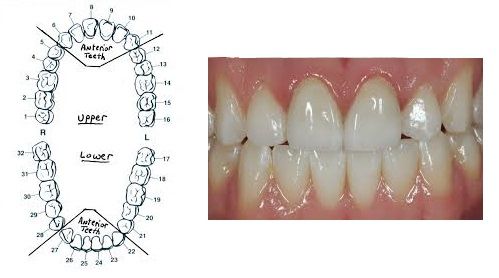
Molar/premolar are very hard to access which compromises success. They are expensive to treat. Extraction is often the best option.
NOT SO GOOD!
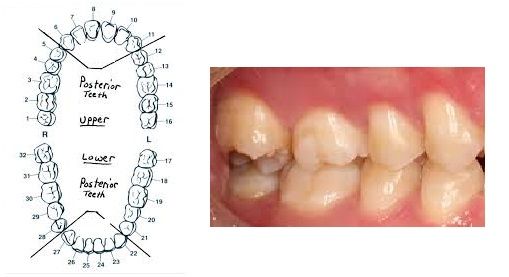
What are the reasons an apicoectomy would be prefered over retreatment?
In a retreatment an access hole is made in the top of crown or bridge which can distroy those restorations. Dental work such as cemented post can block access. To avoid those complications an apicoectomy is best.
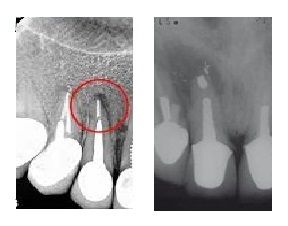
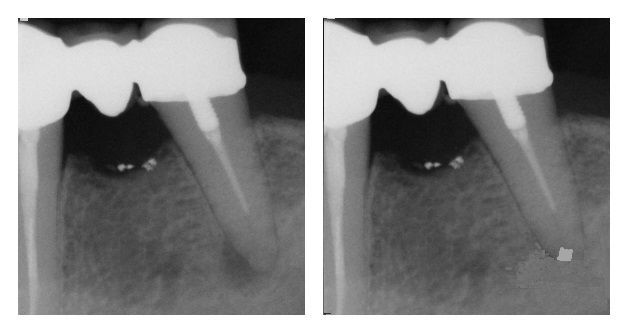
How is an Apicoectomy Done?
Step 1 – Accessing the Root Tip
The gum tissue is gently lifted to expose the bone, and a small opening is made through the bone to reach the infected root tip.
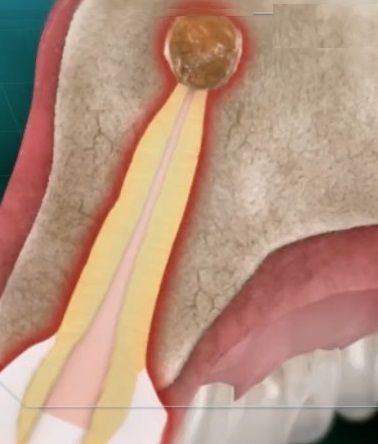
Step 2 – Cleaning the Infection
Granulation tissue (infected or inflamed tissue) around the root is carefully removed.
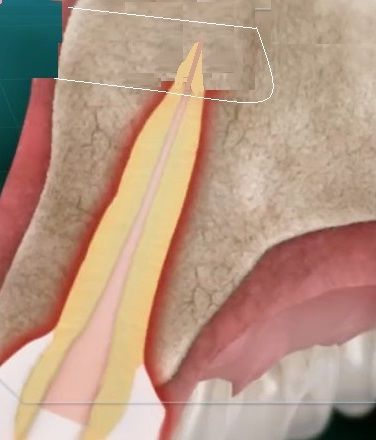
Step 3 – Removing the Root Tip
The very end of the root is trimmed off, and a small preparation is made in the tip to hold a sealing material.
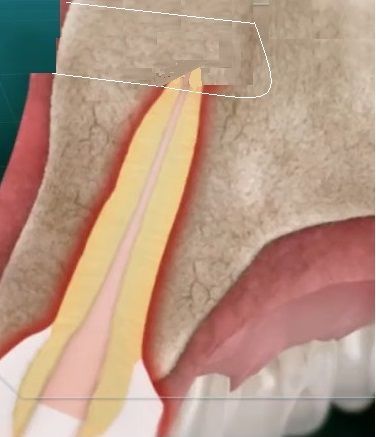
- Step 4 – Sealing the Root End
The tip is sealed with a durable filling material, often MTA (a biocompatible cement) or sometimes amalgam, to prevent bacteria from re-entering.
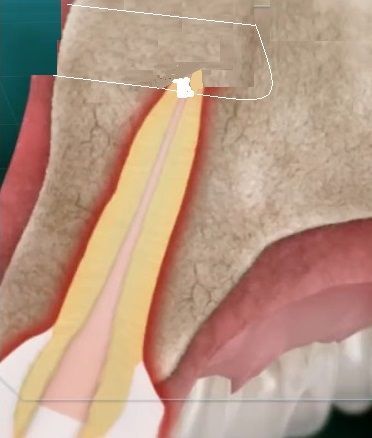
- Step 5 – Bone Graft
The cavity is filled with bone graft (synthetic hydroxyapatite), the gum tissue is repositioned and sutured, and healing begins. Patients typically take pain relievers, anti-inflammatories, and antibiotics for two weeks. with full bone healing expected over about 6 months.
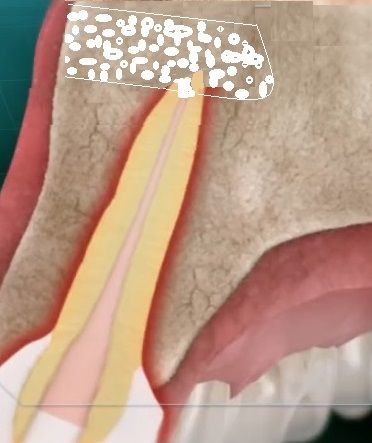
Step 6 - Healing
Grafted bone remodels to natural bone. Full bone healing expected over about 6 months.
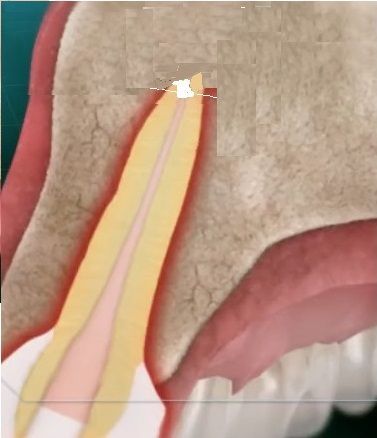
With modern microsurgical techniques and materials like MTA or bioceramics, success rates are about 90% ( NIH study ).
Mineral trioxide aggregate (MTA), amalgam, and newer bioceramics are highly biocompatible and seal the root tip effectively ( PubMed review ).
Most patients experience mild swelling or soreness for a few days. Normal activities usually resume in 24–48 hours with proper care.
Yes. Local anesthesia ensures comfort. Nitrous oxide or oral sedation may be offered for anxious patients.
Usually 1–2 hours per tooth, depending on tooth type, location, and complexity.
Risks include swelling, bleeding, sinus involvement (upper molars), or nerve irritation (lower molars). Proper surgical technique reduces risks.
Apicoectomy is often less expensive than extraction plus implant. Costs vary by tooth anatomy and complexity ($1000–$3000). During your consultation, all options will be reviewed.
#riverviewdentist #emergencydentistriverview #toothacherelief #rootcanaltreatment #failedrootcanal #dentistnearme#apicoectomy
If you are having symptoms of failing root canal and are looking for a retreatment or apicoectomy here in Riverview, please contact us!



